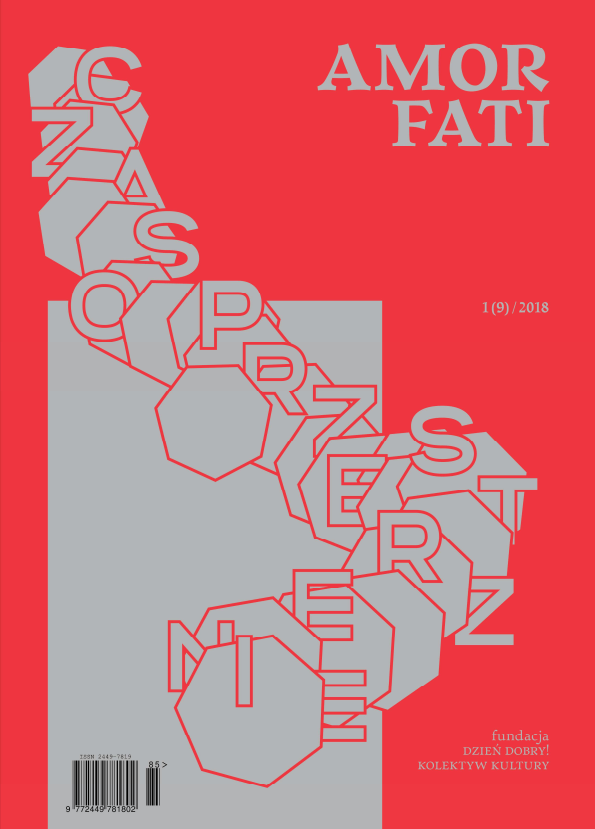Granica, która oddziela od światła - Jaki jest obraz czasu(ów) w twórczości Olgi Tokarczuk i skąd pochodzi
Border that separates from light - Image of time(s) in Olga Tokarczuk’s novels and its sources
Author(s): Krzysztof BrenskottSubject(s): Christian Theology and Religion, Jewish studies, Polish Literature, Indian Philosophy, Ontology
Published by: Fundacja „dzień dobry! kolektyw kultury”
Keywords: Olga Tokarczuk; Gnosticism; Kaballah; Zen; chronos and kairos;
Summary/Abstract: Time is one of the main themes in Olga Tokarczuk’s work. The title of her most famous novel, Prawiek i inne czasy (Primeval and Other Times), refers to time; also it is time which separates the protagonists of Dom dzienny, dom nocny (House of Day, House of Night) from the God; the characters from Księgi Jakubowe (The Books of Jacob) and Podróż ludzi księgi (Journey of the People of the Book) are immersed into it, and time is the object of thought in Ostatnie historie (Latest Stories). Creating different worlds, Tokarczuk uses a concepts of time (and space) typical for Gnosticism; she also refers to Kaballah of Isaac Luria and Zen Buddhism, or she evokes the theological concepts of two times: chronos and kairos. The aim of this article is to reconstruct a picture of time which appears in Tokarczuk’s works and find the sources of those concepts. The protagonists belief that time is a side effect of a cosmic catastrophe, in Kabbalah known as shevirat ha-kelim – “the breaking of the vessels” is an interesting one. In Prawiek i inne czasy every protagonists, and also animals and objects, has its own, separate time. There is also an image of time and space – taken from Gnosticism – as a prison in which man was imprisoned by the evil Demiurge. Over the world of the protagonists, trapped in historic time, there are space of myth in which time is not flowing, whereas for plants and animals there is only the present time. Olga Tokarczuk is one of the authors in whose novels time – as a topic and phenomenon – appears very often, and the image of time, although unique and typical for her works, is composed of images taken from various religious traditions.
Journal: Amor Fati
- Issue Year: 9/2018
- Issue No: 1
- Page Range: 47-74
- Page Count: 28
- Language: Polish

